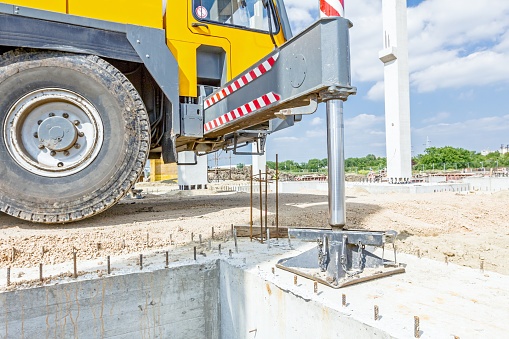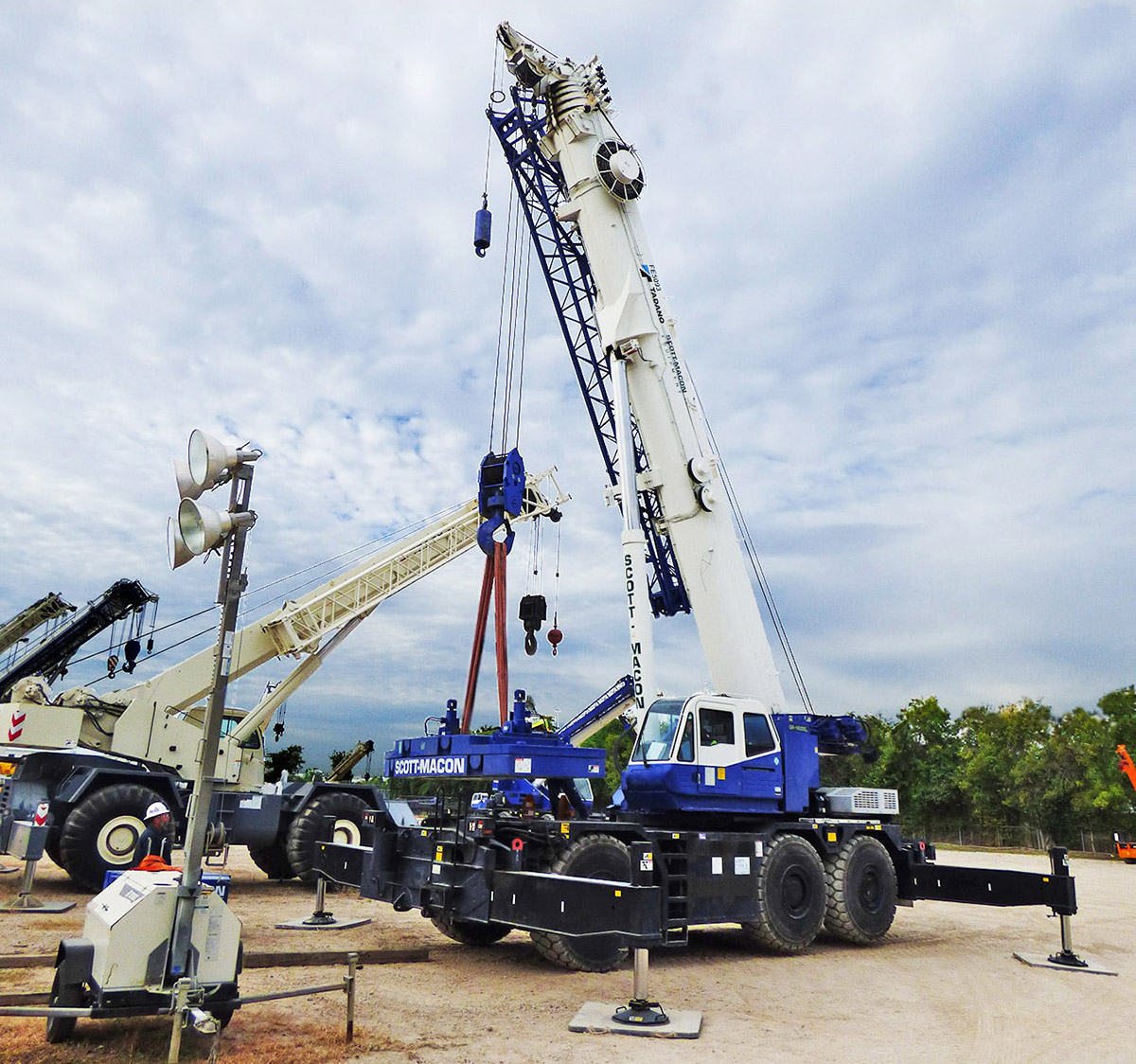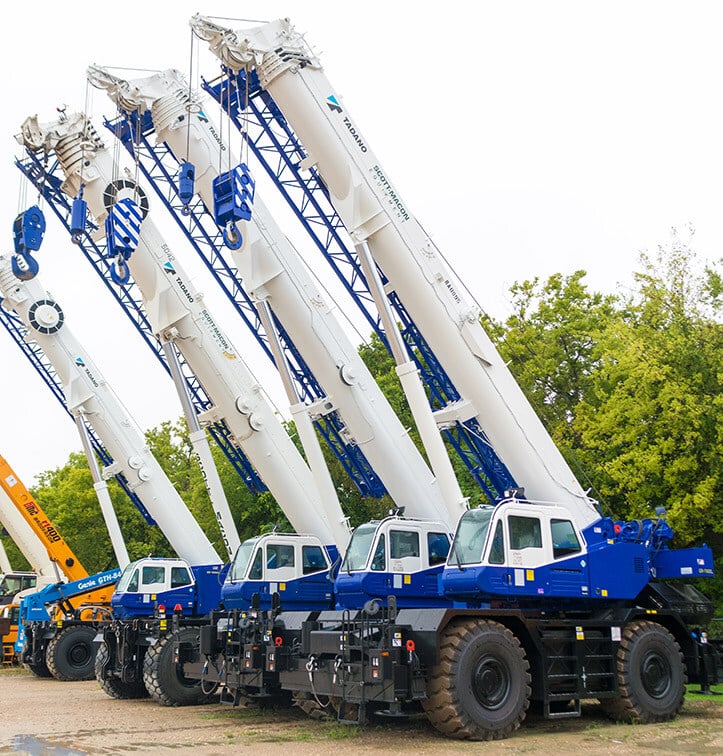A mobile crane safety program, and a thorough checklist, can decrease downtime from repairs, prevent crane damage, and keep your employees and bystanders safe at all times.
Watch for Electrical Hazards
Almost half of mobile crane accidents occur when the machinery is in operation and comes into contact with a power source, such as overhead power lines. This happens most often when a crane is moving materials near energized power lines and the hoist line or the boom touches one. The crane operator or a team member on the ground can be electrocuted in this instance.
Having a pre-job mobile crane safety plan and a checklist can help eliminate this type of accident with electrical hazards. Crane operators should have coworkers nearby to help determine whether the machinery will go under power lines at the site or en route to the site and whether they are energized or not. Having the power company de-energize the lines can solve this problem, but this needs to be done before starting the job or traveling to the site.
Rig Properly – and Use a Lift Plan
Overturns and loss of load are common types of mobile crane accidents. Frequent root causes are exceeding load chart limits or improper rigging. To prevent these kinds of crane accidents, never exceed the maximum load capacity guidelines for the configuration of the lift. Also, properly center all loads and place slings so that the load is secure and balanced. If necessary, use taglines to control swing and rotation of the load.
A good lift plan includes a list of the items to move, including a description of each item’s weight, dimensions and center of gravity. It also notes the presence of any hazardous materials, the rigging to use, and precautions and safety measures.
Be Alert for High Wind
Unexpected gusts of wind can also cause loss of load or topple cranes. The maximum wind speeds allowable vary according to the crane type and configuration. Check the crane’s load charts for wind speed notes. In the absence of manufacturers’ specific written information, consider postponing the lift if the wind speed/gusts are in the range of 15-20 miles per hour. Above 20 miles per hour, the lift should be canceled, or de-rated if allowed.
Monitor weather conditions constantly for unexpected changes. Cease operations immediately if inclement weather of any type is expected or noticed nearby.
Use On-the-Ground Spotters
All crane operators should have spotters to make certain that the crane, load line and the load itself don't collide with other objects, such as signs, buildings or machinery or come in contact with power lines. Spotters have a different line of vision than the operator and can better detect if the machinery will fit and operate in an area without interfering with another object.
Avoid Two-Blocking
Many mobile crane accidents occur due to two-blocking. This is an unsafe condition where the load block or auxiliary ball comes into contact with the crane’s boom nose, auxiliary nose or the nose of a boom extension. This situation can cause damage to the crane, break the hoist rope, and drop a load along with the load block or auxiliary ball. A lattice boom crane may have its boom and/or extension pulled over backwards.
Two-blocking has the potential to occur when lowering the boom, extending the boom or hoisting up. The operator needs to make use of and properly set any anti-two-blocking aids that are on the crane. However, the crane operator and spotters must be constantly aware of where the load block and/or auxiliary ball is in relation to the boom and/or boom extension to avoid these situations.
How to Increase Your Crane Safety
Mobile crane safety starts with timely preventative maintenance to help avoid breakdown repairs and time lost on a job. Also make certain you match the crane to the job, even if it means renting a different crane. We provide well maintained, ready-to-go cranes at 11 locations. If you haven't experienced the Scott-Macon Equipment difference, contact us the next time you are faced with crane rental, purchase or maintenance needs.













Comment